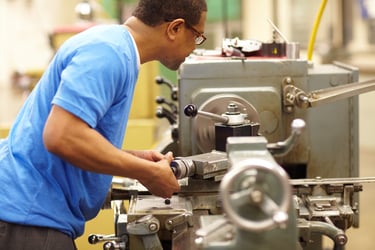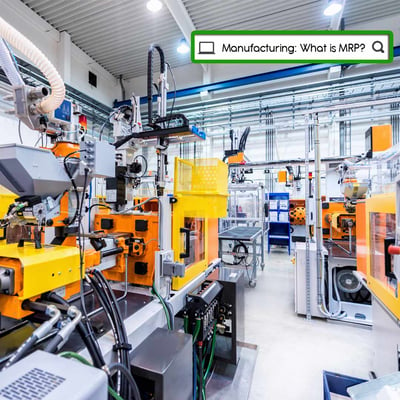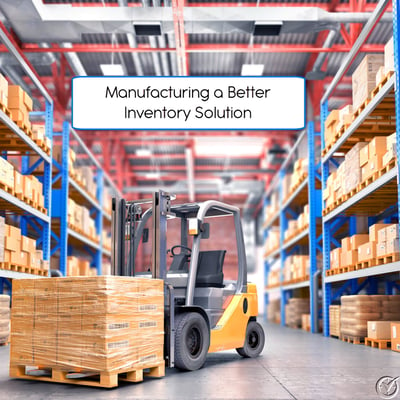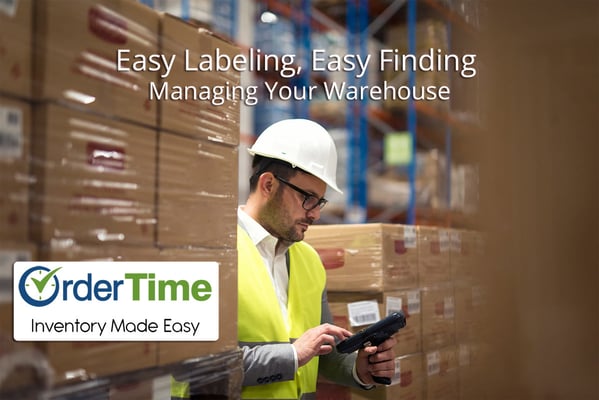Industrial Manufacturing is responsible for fabricating products for industrial use, machining products that are used in tandem for manufacturers, or creating products for use in specific industries. We have customers that produce enclosures for advanced lighting systems. We have machinists that create parts for aviation and automobile industries.
Order Time can be used for producing a variety of different machinery, from huge industrial to simple household machines, as well as other industrial-use products such as hardware, paper and packaging materials, glass, and other fixtures. No matter what type of machinery is employed, it is crucial in producing many of the goods and services vital to any economy in a timely and cost-efficient manner.
Whether you create standard equipment or custom built equipment we have you covered. Industrial equipment can also be grouped into seven different segments. Agricultural, construction, and mining machinery; industrial machinery; and commercial and service machinery are all special-purpose machinery designed for a specific industry. The four other segments include machinery that is used by all industries: ventilation, heating, and cooling equipment, metalworking equipment, engine and engine related equipment, and other general purpose machinery. Using the production capabilities of Order Time you'll have complete top-down control over your Work Orders, Assemblies, Production Orders, and every Bill of Materials.
Order Time Inventory Featured Industry: Industrial manufacturing
Key Features
Assemblies & Production Orders

Production is the process of combining raw materials or components and labor in order to manufacture, assemble or otherwise produce a finished product. The key here is that the whole is greater than the sum of its parts, meaning that the end result is a new product. If you are boxing pieces together, more akin to a picking process, then you should consider using Kits items instead of Assembly items.
Bill of Materials
An important tool for manufacturers is the Bill of Materials also known as the BoM or recipe. The bill of materials is a listing of the raw materials and quantities of each needed to manufacture a finished product. It has multiple purposes including:

- Pricing: A labor and overhead element can also be included in the bill of materials. By listing each raw material and the associated labor you can derive a cost for your products. Then you can compare that to the market price to ensure you will be producing a profit!
- Production: The BoM is the basis for manufacturing the product. It is used for pick-sheets and routing. It can also be used for raw material backflushing.
Backflushing: Process of determining the number of parts that must be subtracted from inventory records. This number is computed by referring to the number of parts withdrawn from the inventory (and delivered to the shop-floor) and the number of parts assumed (according to the bill of materials) to have been consumed in a manufacturing line at one or more deduct points. - Business Dictionary
- Purchasing: The BoM is used to forecast the raw materials demand based on the quantity of finished products that needs to be produced.
Traceability
 Lot tracking allows you to keep track of which customers received specific groups or batches of your products. This is very important for FDA and other regulatory systems. Lot tracking facilitates traceability for your products end-to-end, from manufacturer to supplier and then to the customers. In Order Time your lot or serial numbers can be based on the expiry date and they can be automatically generated. Order Time Inventory is a full lot tracking system so that you can achieve FDA, ISO, or CFIA compliance for your business. It enables your company to perform lot costing and significantly minimizes the costs associated with a product recall.
Lot tracking allows you to keep track of which customers received specific groups or batches of your products. This is very important for FDA and other regulatory systems. Lot tracking facilitates traceability for your products end-to-end, from manufacturer to supplier and then to the customers. In Order Time your lot or serial numbers can be based on the expiry date and they can be automatically generated. Order Time Inventory is a full lot tracking system so that you can achieve FDA, ISO, or CFIA compliance for your business. It enables your company to perform lot costing and significantly minimizes the costs associated with a product recall.
Serial Numbers
 Lot tracking allows you to keep track of which customers received specific groups or batches of your products. This is very important for FDA and other regulatory systems. Lot tracking facilitates traceability for your products end-to-end, from manufacturer to supplier and then to the customers. In Order Time your lot or serial numbers can be based on the expiry date and they can be automatically generated. Order Time Inventory is a full lot tracking system so that you can achieve FDA, ISO, or CFIA compliance for your business. It enables your company to perform lot costing and significantly minimizes the costs associated with a product recall.
Lot tracking allows you to keep track of which customers received specific groups or batches of your products. This is very important for FDA and other regulatory systems. Lot tracking facilitates traceability for your products end-to-end, from manufacturer to supplier and then to the customers. In Order Time your lot or serial numbers can be based on the expiry date and they can be automatically generated. Order Time Inventory is a full lot tracking system so that you can achieve FDA, ISO, or CFIA compliance for your business. It enables your company to perform lot costing and significantly minimizes the costs associated with a product recall.
Here is a quick demo on how to set up Lot Number or Serial Number tracking on Order Time Inventory. This is especially useful for the Food & Beverage, Medical, or other perishable-product industries. Tracking and Accountability are key to running a state-of-the-art facility. Expiry date tracking via Lot or Serial is a primary goal for the industry.
Featured Articles









